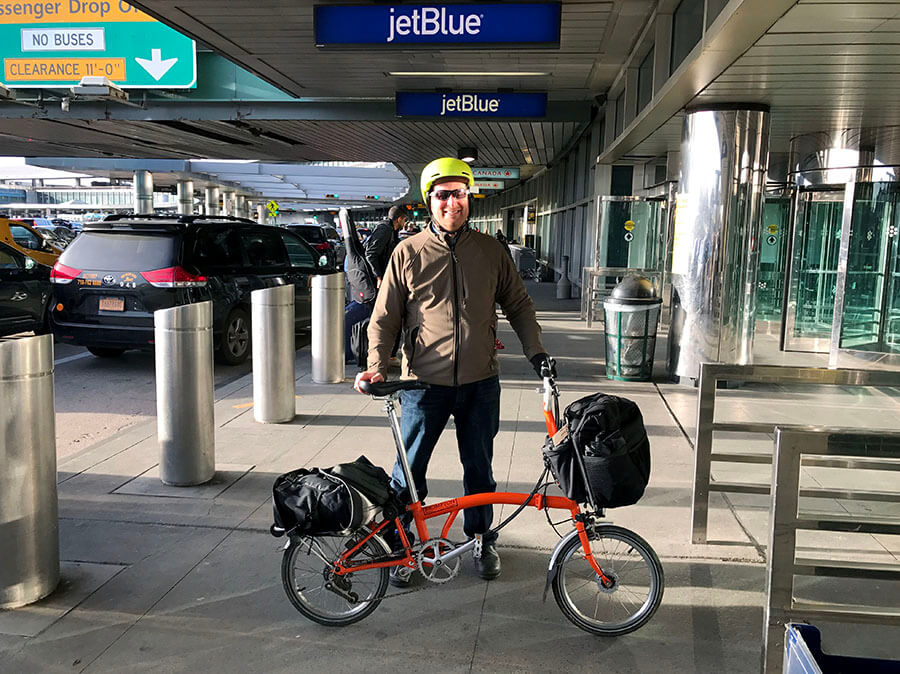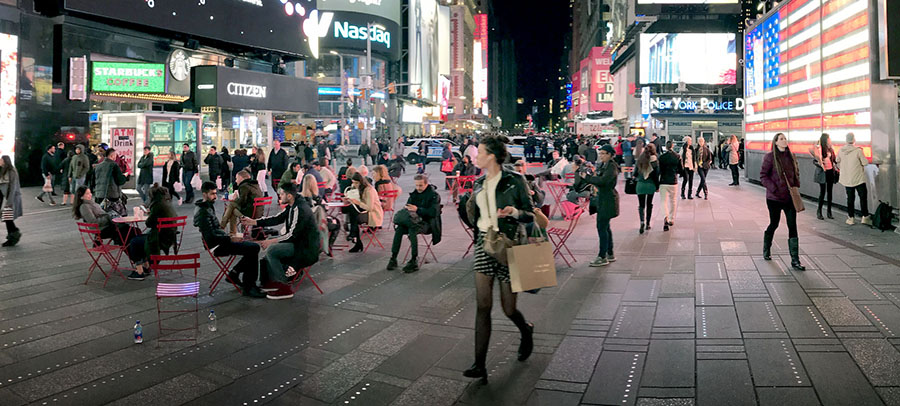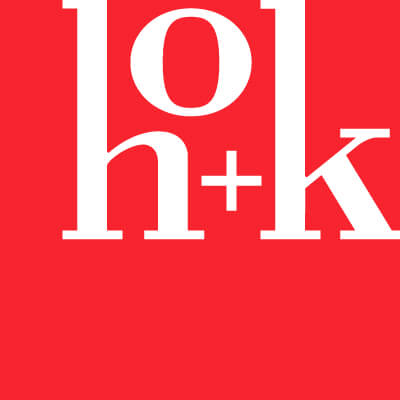January 12, 2017
Networking 5:30 – 6:00 PM ET
Presentation 6:00 – 7:30 PM ET
HOK
1065 Avenue of the Americas, 6th Floor
New York, NY 10018
Room: Central Park
Daniel Glaser, the Founder and Principal of LightStanza, presented A Complete Picture of Daylight at HOK in New York City this January!
The significance and urgency of proper daylighting in buildings is undeniable.
Daylighting is arguably the primary, experiential and physiological connection occupants have with a building. In addition, it’s the simplest and most cost-effective means of reducing a building’s electrical energy use. Yet ironically, it’s often the most misunderstood and underutilized system in a building’s design.
In this seminar, we critically discussed how annual metrics and other methods of daylighting analysis & simulation can help you understand how daylighting is conceptualized, collaborated on and executed in buildings. This includes why annual metrics are necessary, what the metrics mean in terms of daylight design, what qualities of daylighting the metrics miss, and how blinds affect the score and experience of daylight. This talk went beyond reciting formulas to help attendees define metrics in meaningful terms that they can visualize, understand, and use in every-day practice.
We took a close look at the new LEED v4 daylight credits (EQc7), and the differences in the requirements from LEED v2009 (IEQ c8.1) We discussed the pitfalls of mis-informed projects, and potential problems if you don’t do basic daylighting analysis, as well as best practices of daylight modeling. Attendees learned how to achieve the LEED credits without sacrificing overall good daylight design, and how to use new technology to drive daylight beyond LEED. We covered several principles of analysis including solar geometry, sky conditions, annual climate data, sampling, material properties, glare and shade controls, daylight harvesting and energy modeling implications.
This seminar emphasized the value of using daylighting tools to get the best results, and empowering non-specialists to make informed decisions for integrated design.
The learning objectives were:
1. Attendees will be able to analyze and compute the new LEED v4 annual metrics – Spatial Daylight Autonomy (SDA) and Annual Sunlight Exposure (ASE) – and their significance to daylight design, and their context in the evolution of daylighting metrics.
2. Attendees will compare daylighting and sun-control strategies to produce daylighting design solutions for a typical space, and will engage in an integrated design process to understand how building form, siting, and blind operation enable effective daylighting solutions.
3. Attendees will identify daylighting analysis concepts and review case studies examined using these new metrics that will allow them to design daylighting strategies that go beyond LEED requirements and help contribute to the well-being of occupants.
4. Attendees will learn the potential problems of mis-informed projects, the pitfalls of designing without basic daylighting analysis, and the essential steps for accurate and complete modeling with daylight tools.
To see the recorded webinar for this event, click here.
To see full details of the event, click here.

Dan’s fold-up bike was handy for traveling, and was a great way to see the city quickly. Above is the view from a bike path in Midtown 
After his final meeting, Dan biked from Midtown to Laguardia to head back to Colorado



